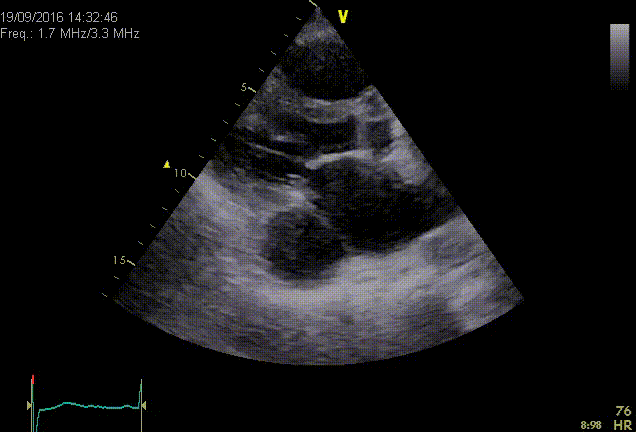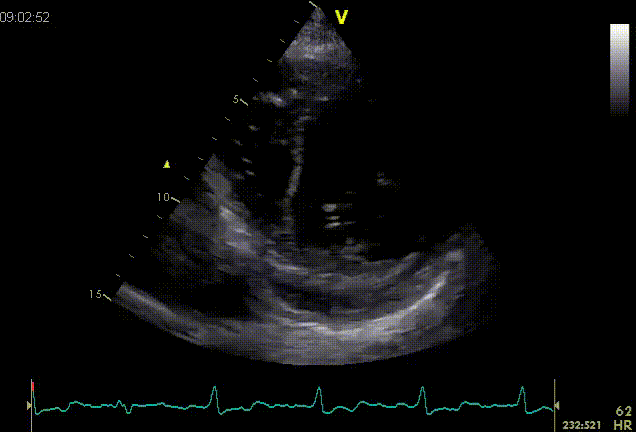Persistent left superior vena cava (PLSVC) results from failure of obliteration of the left common cardinal vein, and it typically drains the left jugular and subclavian veins into the right atrium via the coronary sinus. It is the most common variant of thoracic venous drainage, and it is present in 0.5% of the general population. Its incidence increases to 3-10% in patients with congenital heart disease. In 80-90% of the cases a co-existent right superior vena cava is also present, although it can be smaller than usual. Besides coronary sinus, other drainage sites are also possible. In less than 10 percent the persistent PLSVC drains directly into the left atrium or in a pulmonary vein. This type of drainage is almost always associated with other congenital anomalies. It results in right to left shunt and has been associated with cyanosis, paradoxical embolism or brain abscess. A PLSVC is often an incidental finding during transthoracic echocardiography. It is diagnosed indirectly through recognition of a dilated coronary sinus in parasternal long axis view. The coronary sinus is a circular structure in the atrioventricular groove, located anterior to the pericardium. A dilated coronary sinus must be differentiated from descending aorta, pericardial effusion or pulmonary vein. From four-chamber view with posterior angulation coronary sinus can be viewed in the long axis passing behind the left atrium towards the right atrium.


